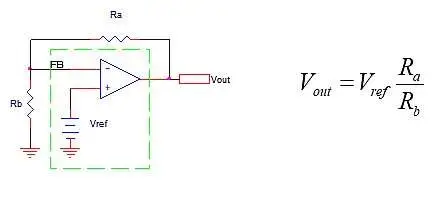Low Voltage Smart Mirror Power Supply — Powering Innovation Safely

Smart mirrors are no longer sci-fi—they’re DIY-friendly, functional, and fantastic for modern homes. But many makers overlook one critical part: the low-voltage power supply. Without the right setup, your display, lights, and sensors can flicker, overheat, or simply not start. Here’s how to power your smart mirror efficiently and safely.
🔍 The Problem: Poor Voltage Regulation & Power Mismatch
Most smart mirrors run on 5V or 12V for the LED strips, microcontrollers, and displays. Using a mismatched or cheap adapter can cause voltage drops, especially under load. This can reset your Raspberry Pi, dim your LEDs, or even damage sensitive components.
✅ The Solution: Use a Regulated SMPS with Safety Margins
Choose a regulated SMPS (Switch Mode Power Supply) with 20–30% higher current rating than your total load. Also, use DC barrel jacks or terminal blocks for safe and clean connections. Avoid using USB power banks for permanent installations.
🔧 Practical Example
Say your mirror has a 12V LED strip (1.2A) and a Raspberry Pi (5V 2.5A via buck converter).
Total load ≈ 1.2A + (2.5A × 5V/12V) ≈ 2.3A.
Choose a 12V 3A SMPS to avoid heating and voltage sag.
🛍️ Product Suggestions
Shop now at SmartXProKits.in
Support our work and India’s innovation—buy from our Make in India site!




















